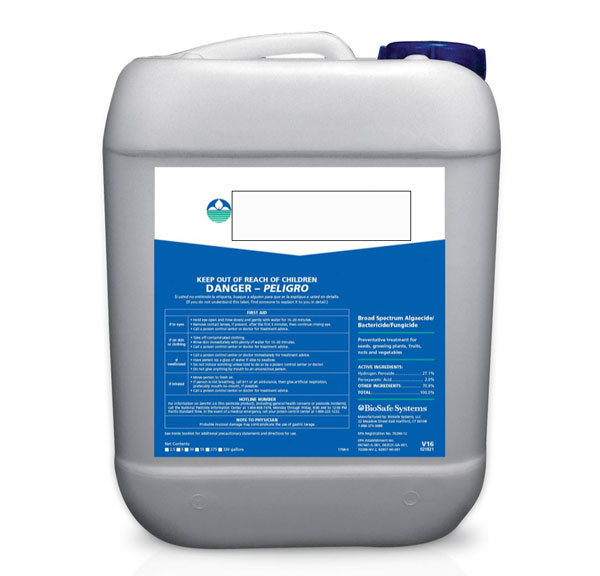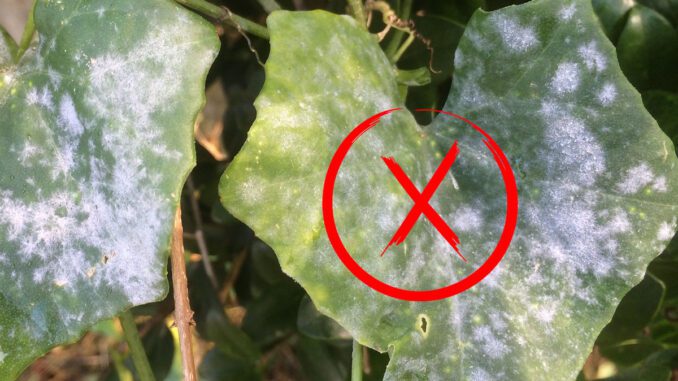
What Works Best to Safely Get Rid of Powdery Mildew in Crops?
What is the best powdery mildew remedy that is safe for people, plants and animals that actually works? If you have a problem with powdery mildew in your indoor or greenhouse crop and done some research, you’ve likely come across a variety of recommendations. Compost Tea, Neem Oil, Hydrogen Peroxide, Hypochlorous Acid, Peroxyacetic Acid, Elemental Sulfur, Potassium Bicarbonate and Sodium Bicarbonate are often the most frequent “safe” remedies you’ll come across.
In our discussion of what powdery mildew remedy works best, we’re going to focus on elemental sulfur, potassium bicarbonate, and peroxyacetic acid/hydrogen peroxide solutions.
While neem oil and compost tea can be effective, they aren’t always safe for people, depending on the crop type and how it’s intended to be consumed. Sodium Bicarbonate can harm plants because of the sodium content, so potassium bicarbonate is the better choice between the two.
The Powdery Mildew Life Cycle
If you’re seeking the best powdery mildew remedy we are making the assumption that you have diagnosed powdery mildew in your crop, ie white fuzzy growth on foliage, flowers, stems and fruits.
While our focus is going to be on the best remedy for powdery mildew that is safe to use, it’s good to have a quick look on just how powdery mildew “works”.
As can be seen from the diagram below, powdery mildew AKA “PM” has two basic states: active and overwintering. If you have identified whitish fuzz growing on parts of the plants, namely foliage, you are dealing with the plant disease in it’s “active” state. Leaf litter, old plant debris, reused growing mediums, etc may harbor the pathogen in it’s overwintering state.
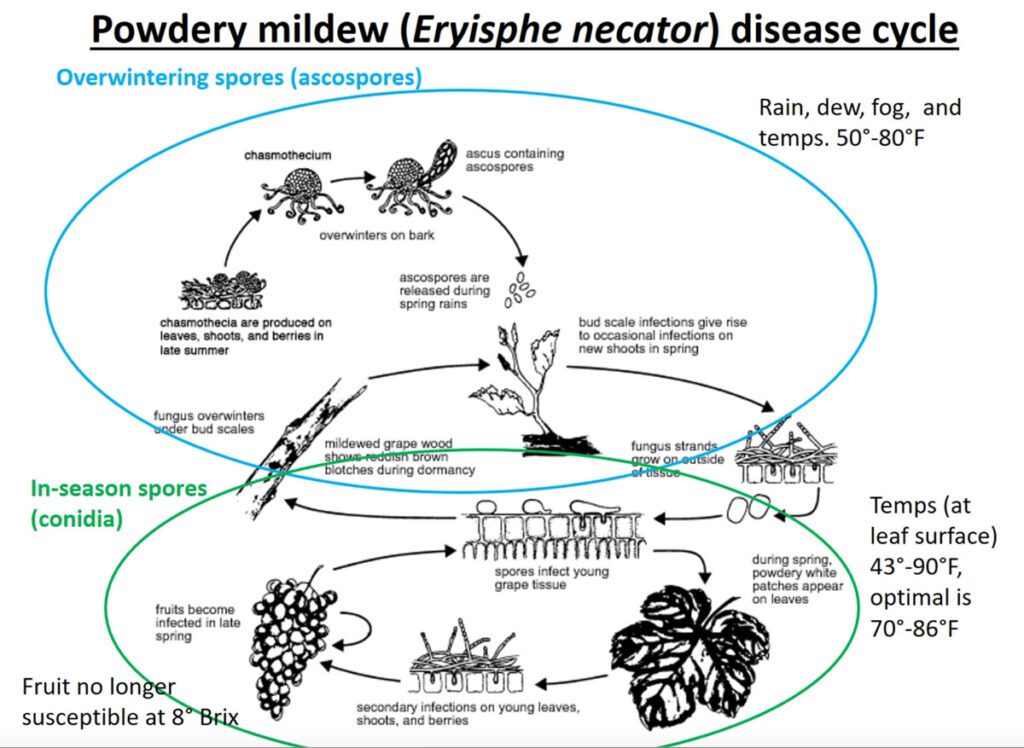
Ranking Best Powdery Mildew Remedies in Order of Effectiveness
- Potassium Bicarbonate
Typically diluted at 1 ounce per US Gallon and sprayed onto foliage, flowers and fruits to control and eliminate powdery mildew; all the way to harvest. Potassium bicarbonate has a relatively high pH (alkaline) that is very unfriendly to powdery mildew. The spray essentially acts like a “soap”, washing off and killing powdery mildew. It also has some staying power, as it alters the pH on the surface of plant foliage and flowers making it tougher for resurgences to occur. Typically one application gives one week of protection with average crop disease pressure levels. Potassium bicarbonate is available as “food grade”, often used in wine and beer making.
PROS: Inexpensive, relatively safe and effective when applied correctly make this one of the best choices. Also gives plants usable potassium which improves foliar disease resistance and improves general crop vigor.
CONS: Can be “harsh” on delicate flower organs such as pistils causing them to “brown” prematurely. For this reason, apply carefully in flowering plants with air circulation kept at a minimum during application. Typically plant foliage, stems and fruits are the targeted areas during spray applications.
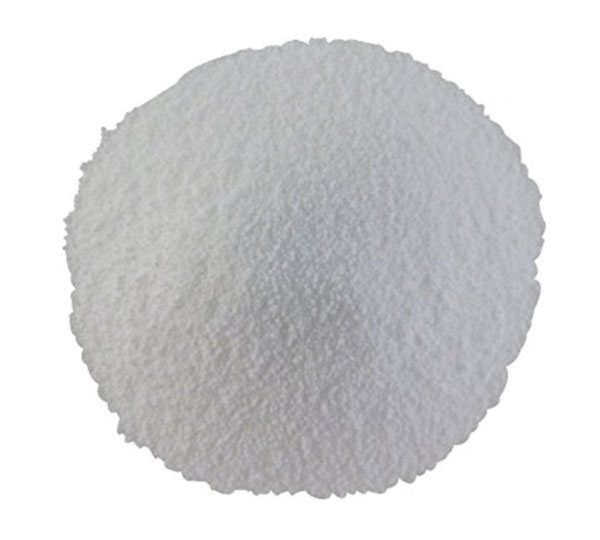
- Elemental Sulfur
Evaporative sulfur “burners” are typically avoided because they can pose a danger to people and indoor environments. Elemental sulfur can be applied as a fine dust or mixed with water and a wetting agent (ie mild detergent) to apply as a spray to plants. Sulfur kills plant disease spreading spores by disrupting respiration within their cells. It does this either by residual action or, at higher temperatures, by volatilization. Residual action requires direct contact with the spores.
PROS: Works excellent as a preventative and also has good curative properties with frequent and thorough applications. Inexpensive and relatively safe to apply.
CONS: Can impart bad tastes or undesirable qualities to harvests; sulfur should typically not be applied for several weeks before anticipated harvest dates. Sulfur dusts can be highly effective, but are very messy and tedious to apply–they can stain surfaces of growing systems and other surrounding surfaces.It can be corrosive to some plastics and metals when combined with water or water vapor.
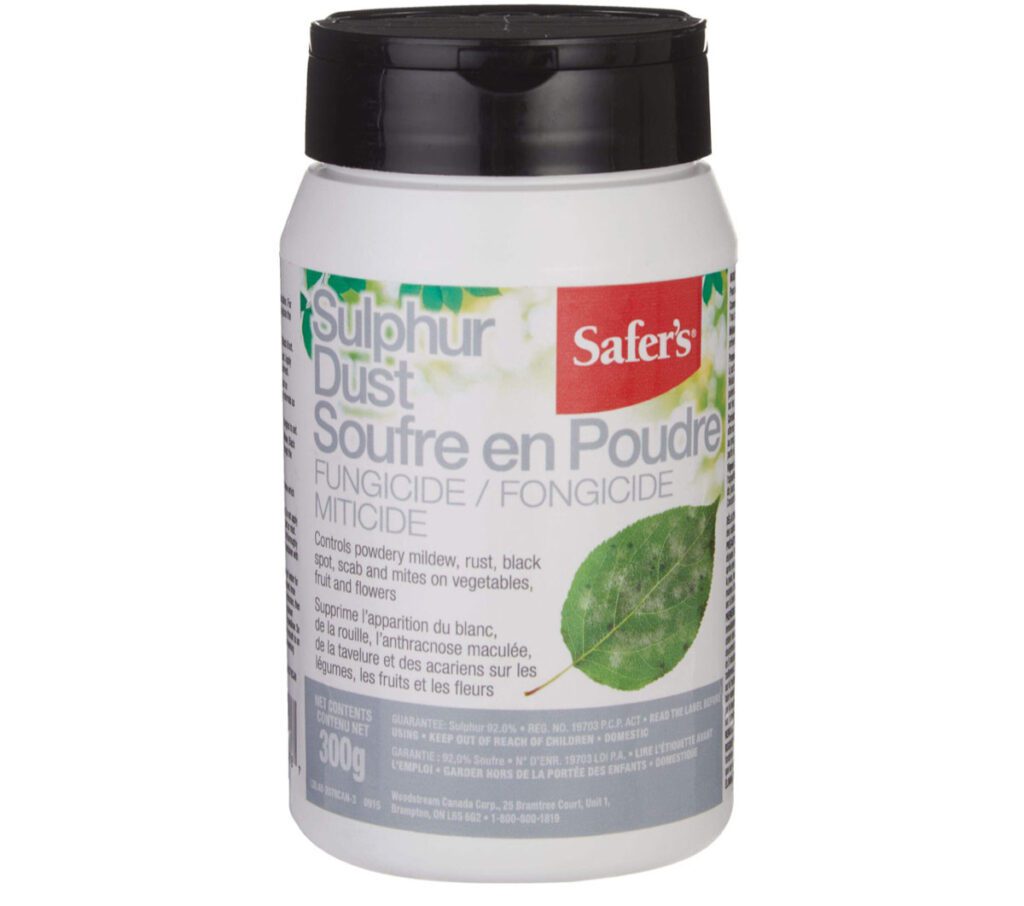
- Peroxyacteic Acid and/or Hydrogen Peroxide Solutions
Peroxyacetic acid is often combined with hydrogen peroxide along with a stabilizer for commercially available “safe” solutions to crop pest and disease control. Rate of use for crop sprays is typically 1 ounce per US Gallon, depending on the formulation and manufacturer’s recommendations. Similar rates of use can be followed when working with straight 29% hydrogen peroxide (versus peroxyacetic acid-hydrogen peroxide blend). Essentially, the powdery mildew fungus is oxidized and washed away when contacted by the spray. For it to be effective, it requires a fairly high spray volume, for total plant coverage to the point of run off. While this can be very effective for “knocking back” powdery mildew immediately following the application, it can stimulate a more complete resurgence of the pathogen over the entire plant between treatments.
PROS: Effective at knocking back or reducing powdery mildew immediately following application. Does not damage delicate flower parts as easily as potassium bicarbonate when used as directed. Very safe to use, as it breaks down into carbon dioxide and water
CONS: The high volume applications can actually spread spores over more of the crop than may have been initially infected, making your powdery mildew problem resurface stronger than ever between applications. Commercial preparations can be costly to buy, especially when frequent applications are required
